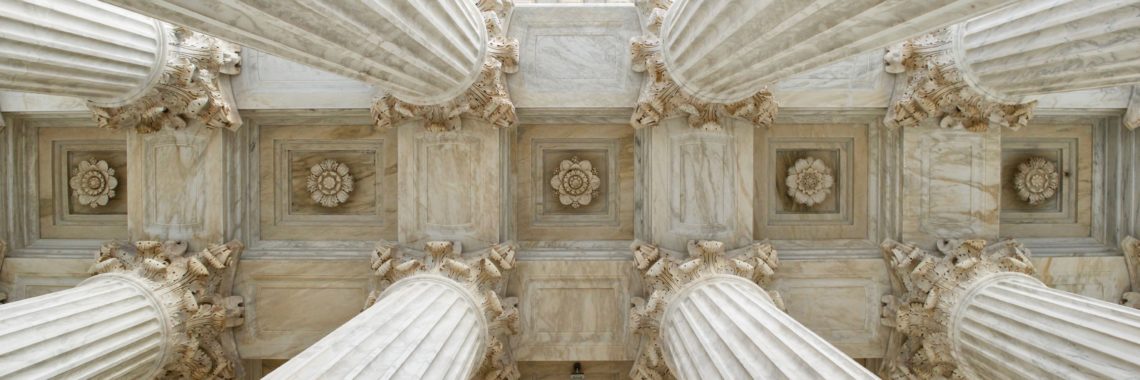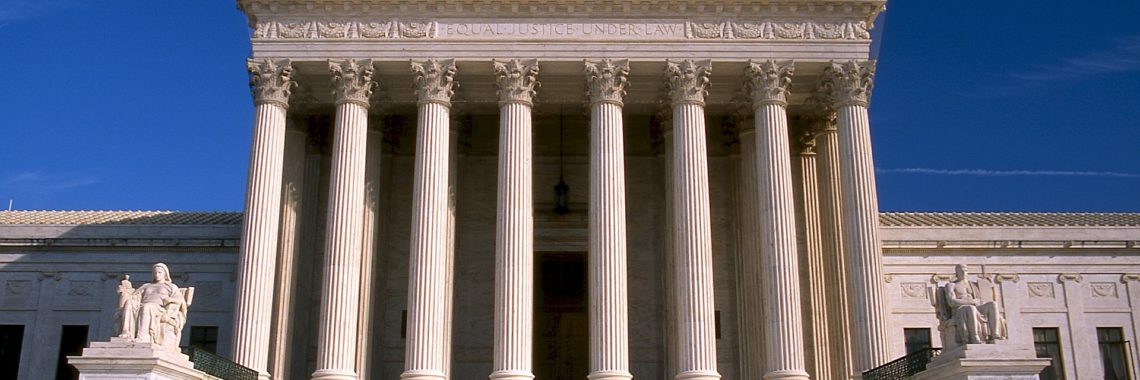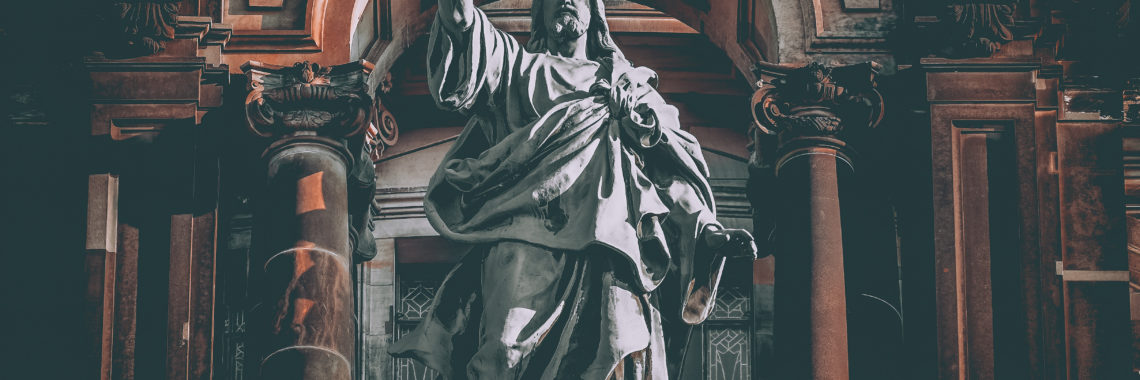“Baptist History and Pentecostalism” by Doug Weaver
The Apostolic Faith Mission on Azusa Street, Los Angeles, CA in 1907 / Wikimedia Most observers (and participants!) do not see much if any connection between Baptists and Pentecostals. Baptists are generally known as cessationists — contending that the miracles in the New Testament and the extraordinary spiritual gifts practiced like glossolalia (speaking in tongues),…











